Phosphate

The porosity of phosphate coatings allows the additional materials such as paint and dry film lubricants to seep into the phosphate coating and become mechanically interlocked after drying. The dielectric nature will electrically isolate anodic and cathodic areas on the surface of the part, minimizing under-film corrosion that sometimes occurs at the interface of the paint/coating and the substrate. The application of phosphate coatings makes use of phosphoric acid and takes advantage of the low solubility of phosphates in medium or high pH solutions. Iron, zinc or manganese phosphate salts are dissolved in a solution of phosphoric acid. When steel or iron parts are placed in the phosphoric acid, a classic acid and metal reaction takes place which locally depletes the hydronium ions, raising the pH, and causing the dissolved salt to fall out of solution and be precipitated on the surface. The acid and metal reaction also creates iron phosphate locally which may also be deposited.
| Specification | Specification Description | Company |
|---|---|---|
| HP 4-7 | Phosphate | Boeing |
| AMS 2480 | Phosphate | General Electric |
| AMS 2481 | Phosphate | General Electric |
| Mil-Dtl-16232 | Phosphate | General Electric |
| AMS 2481 | Phosphate | Honeywell |
| DOD-P-16232 | Phosphate | Honeywell |
| Mil-Dtl-16232 | Phosphate | Honeywell |
| TT-C-490 | Phosphate | Honeywell |
| Mil-Dtl-16232 | Phosphate | Sikorsky |
| SS 8416 | Phosphate | Sikorsky |
| AMS 2480 | Phosphate | UTC Aerospace Sys. - Collins Aerospace |
| AMS 2481 | Phosphate | UTC Aerospace Sys. - Collins Aerospace |
| CP 14.08-01 | Phosphate | UTC Aerospace Sys. - Collins Aerospace |
| DOD-P-16232, TYPE M, Z | Phosphate | UTC Aerospace Sys. - Collins Aerospace |
| MIL-P-16232, TYPE M, Z | Phosphate | UTC Aerospace Sys. - Collins Aerospace |
| PN 14.08-01 | Phosphate | UTC Aerospace Sys. - Collins Aerospace |
| TT-C-490 | Phosphate | UTC Aerospace Sys. - Collins Aerospace |
| MIL-DTL-16232, TYPE M, Z | Phosphate | Various |
 Anodizing
Anodizing Cadmium Plating
Cadmium Plating Chemical Film Treatment
Chemical Film Treatment Chrome Plating
Chrome Plating Dry Film Lubricant
Dry Film Lubricant Electroless Nickel Plating
Electroless Nickel Plating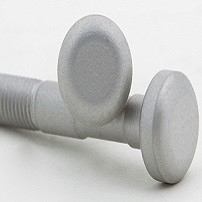 High Temp Aluminum Coating
High Temp Aluminum Coating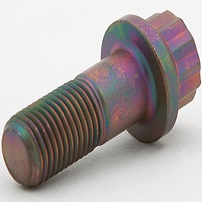 Nickel Cadmium Plating
Nickel Cadmium Plating Nickel Plating
Nickel Plating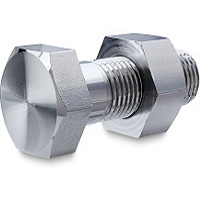 Passivation
Passivation Prime and Paint
Prime and Paint Silver Plating
Silver Plating Strip and Blast
Strip and Blast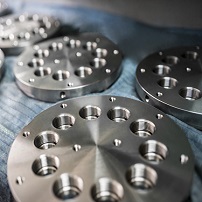 Titanium Clean
Titanium Clean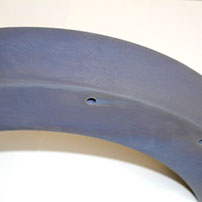 Zinc Nickel Plating
Zinc Nickel Plating







 Chemical Processing
Chemical Processing

